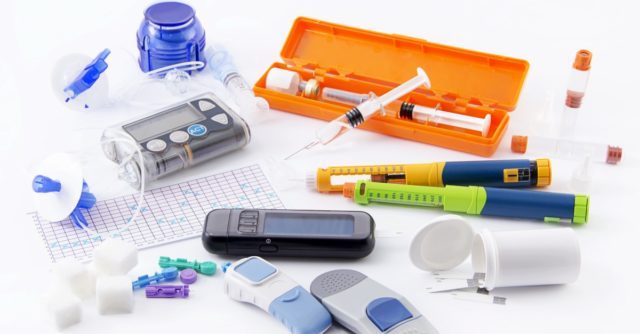Daily insulin injections given to people with diabetes may disappear in the future thanks to a capsule that releases insulin directly into the stomach, a technique that has been tested so far in pigs, according to a report published by the “Science” journal.

Scientists at the Brigham and Women’s Hospital in Boston designed this pill, which consists of a biodegradable capsule the size of a chickpea containing an insulin microneedle, according to a press release from the US center.
Once in the stomach, the capsule dissolves and the needle is self-injected, something practically imperceptible for patients according to Giovanni Traverso, co-author of the study, since this organ does not contain nerve fibers that receive pain.
In addition, the oral device, also called SOMA, is capable of self-orienting, thanks to its shape and distribution of its density, so that the micro-needle is injected correctly into the stomach. Therefore, it does not matter how the pill falls, it will always be able to orient itself to be in contact with the stomach walls. The researchers were inspired to design the SOMA for the leopard tortoise, an African species that is able to straighten if left on its back.
The study, coordinated by the Massachusetts Institute of Technology (MIT) has been carried out so far only with fasting pigs, to which they first administered doses of 0.3 mg and after 5 mg of insulin, a similar amount to which patients with type 2 diabetes are injected.
Next, the researchers measured how much insulin passed into the animals’ blood and glucose levels before and after the experiment. They observed a decrease in glucose levels similar to that of the injections and did not detect damage to the stomach tissue.
The objective of the study is that diabetic patients have an alternative to injections that, despite being effective, are an unpleasant and increasingly expensive method, the note adds. “Although we need to investigate further, this could be a potential way to deliver many medications such as immune-suppressants to treat rheumatoid arthritis or inflammatory bowel diseases”, said Traverso.
In Costa Rica, 40% of diabetics still do not know that they have the disease. A couple of years ago, the IDF World Diabetes Atlas recorded that, in our country, 1 out of 12 adults is diabetic. This represents 8.6% of our population, which makes us occupy the 8th place in Latin America in a number of cases. However, an alarming fact is that the growth of diabetes cases in Costa Rica is higher than the international average.

